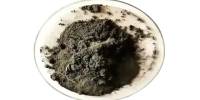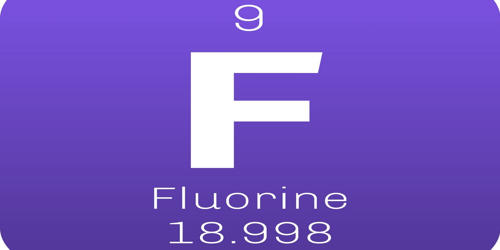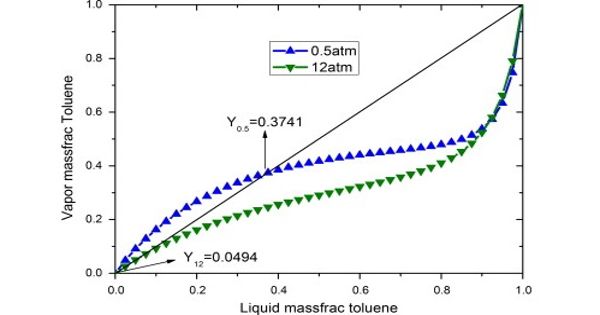Selenium is a non-metallic chemical element, a member of the group XVI of the periodic table. It is often found in combination with metals like mercury, copper, silver, or lead. It has good photovoltaic and photoconductive properties, and it is used extensively in electronics, such as photocells, light meters, and solar cells. Most of the metals are insoluble in this element and the impurities of a non-metallic increase the resistivity.
Selenium is used in the glass industry to decolorize glass and to make red-colored glasses and enamels. It is used as a catalyst in many chemical reactions.
Applications of Selenium
- Fertilizers: Researchers found that the application of selenium fertilizer to lettuce crops decreased the accumulation of lead and cadmium. In low doses, selenium has shown a beneficial effect on plant resistance to various environmental stress factors including drought, UV-B, soil salinity, and cold or hot temperatures. However, it can damage plants at higher doses.
- Manganese electrolysis: During the electrowinning of manganese, the addition of selenium dioxide decreases the power necessary to operate the electrolysis cells. China is the largest consumer of selenium dioxide for this purpose.
- Glass production: The largest commercial use of Se, accounting for about 50% of consumption, is for the production of glass. Se compounds confer a red color to the glass. This color cancels out the green or yellow tints that arise from iron impurities typical for most glass.
- Alloys: Selenium is used with bismuth in brasses to replace more toxic lead. The regulation of lead in drinking water applications such as in the US with the Safe Drinking Water Act of 1974, made a reduction of lead in brass necessary. Selenium produces the same machinability improvement in copper alloys. When selenium is added to iron and copper-based metals it improves their machinability.
- Lithium–selenium batteries: The lithium–selenium (Li–Se) battery is one of the most promising systems for energy storage in the family of lithium batteries.
- Solar cells: Selenium is used in solar cells and photocells – in fact, the first solar cell was made using selenium. It is also used as a photographic toner. Copper indium gallium selenide is a material used in solar cells.
- Photoconductors: Amorphous selenium (α-Se) thin films have found application as photoconductors in flat panel x-ray detectors.
- Rectifiers: Selenium rectifiers were first used in 1933. Their use continued into the 1990s.
Plants do not appear to need selenium, but they do need sulfur. When selenium is present in soils, it is used by plants as if it were sulfur, introducing selenium into food chains.
















